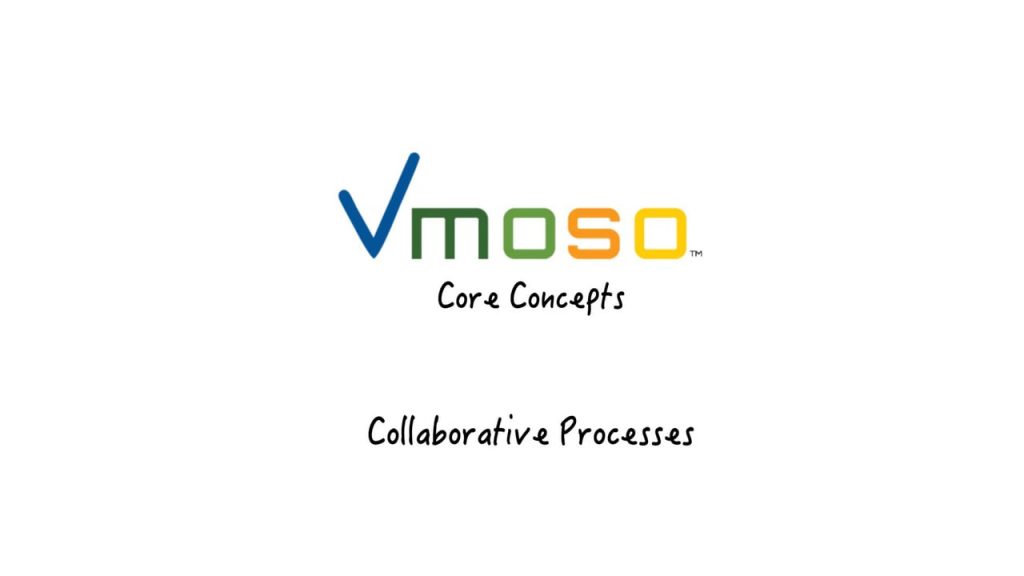Whereas the structured, predictable element of a business process is increasingly automated, exception handling continues to be where human knowledge and intelligence needs to be applied to resolve a problem.
[expand title=”Read Transcript”]
In an ideal world, all the processes that power our businesses would be neatly defined and predictable with provision made for everything that could go wrong.
Of course, in the real world, there’s always something that can go wrong that you didn’t expect. Whereas the structured, predictable element of a business process is increasingly automated, exception handling continues to be where human knowledge and intelligence needs to be applied to resolve a problem.
But all too often, this exception handling is a chaotic mess of email conversations. Attempts to bring structure to this person-to-person interaction often results in both front- and back-office processes becoming too rigid, frustrating employees and customers alike when the inevitable “the system won’t let me do that” situation arises.
Let’s take the simple example of a consulting company agreeing a change request with their customer.
While steps 2, 4 and 5 of the process are individual approval actions, steps 1 and 3 are likely to involve a several people working together.
Without the collaboration in the process, the change request won’t get a sufficiently thorough review, and time may be wasted further down the line when overlooked details become apparent.
Without the structure in the process, the collaboration could lose direction and fail to come to a final conclusion.
Of course, countless variations on this example are happening every day. From simple document reviews, to field service engineers resolving issues at customer sites. From customer service departments handling complaints, to operations teams working to restore service after automatically-triggered downtime alerts – almost every organisation in the world has a set of processes that are too unstructured to be modelled rigidly in traditional Business Process Management tools, but too important to be left to email. We call these collaborative processes; they can also be characterized as people-intensive, decision-centric, knowledge-based processes.
And even as our business processes become more automated, the need for structured collaboration is not going to diminish, merely change. Over the next few years, collaborative processes triggered by Internet-of-Things-connected sensors will become just as common as the examples we see today.
Vmoso Process management introduces structure, discipline and accountability to collaboration.
Process flows can be started from a list of pre-prepared templates for your organisation, or created from scratch to suit the specific task in hand.
Throughout the process, there’s always a clear indication of who’s responsible for completing the current step, but the assignee can always call on Vmoso’s collaboration features to access the expertise of their co-workers. And of course, all participants can see all the discussion so far, ensuring they have the information they need to complete the task, and a clear audit trail.
For more information, visit broadvision.com/process-management
[/expand]
